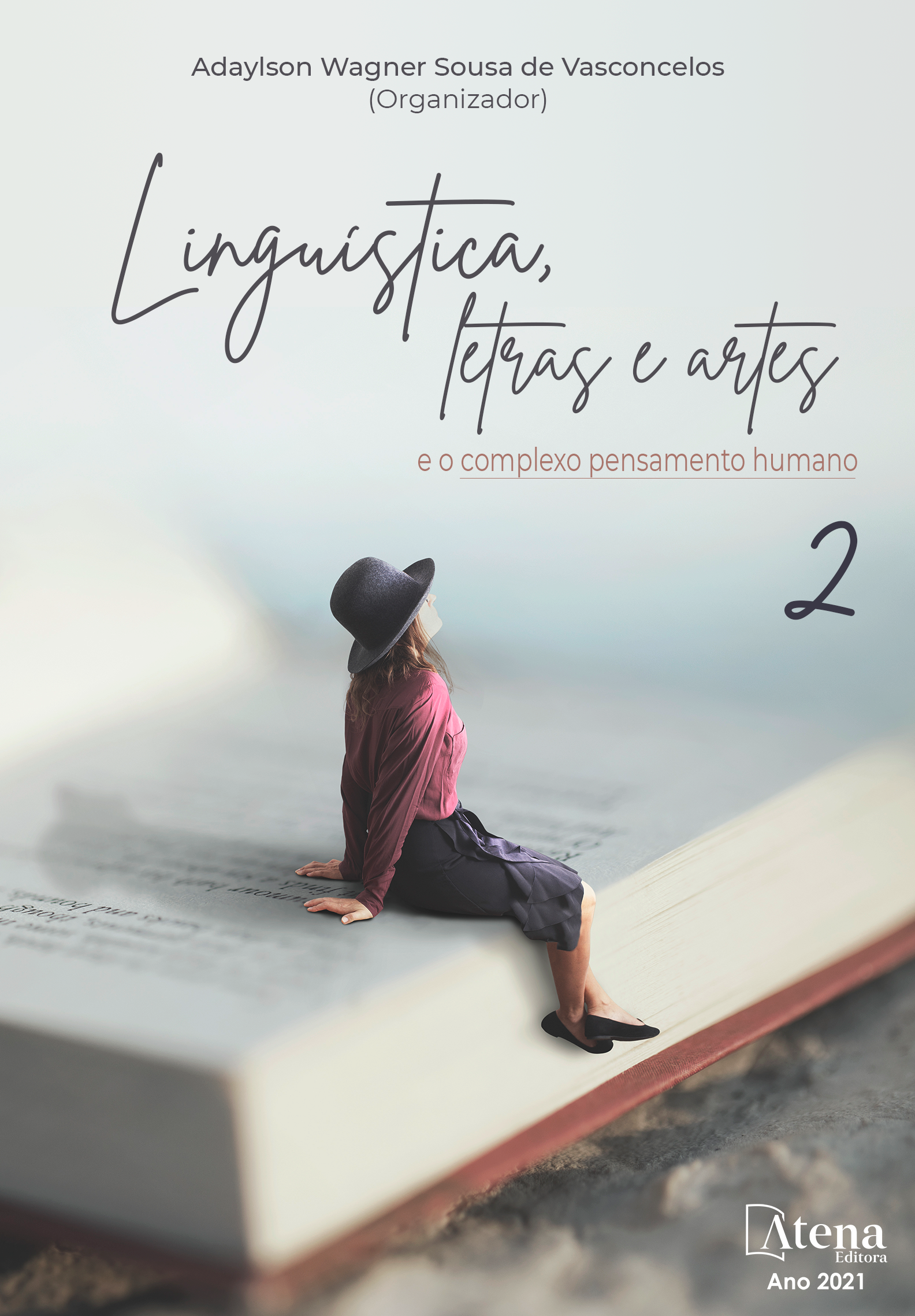
O Discurso em Libras: lócus de significados socioestilístico
O presente artigo trata de um estudo de variação linguística, focando a estilística imbricada no discurso de um falante da Língua Brasileira de Sinais - LIBRAS. Esta abordagem tem como foco o significado social da variação, de acordo com o contexto de uso, a posição do falante na prática de estilo das variáveis, direcionado pelas concepções teóricas apresentadas pela sociolinguística. O processo ocorre, a partir de seus redimensionamentos metodológicos para lidar analiticamente com informações de caráter social, identitário e estilístico, que emergem do discurso, de acordo com o contexto no qual o falante se encontra, discutindo a relação desses condicionantes com o fenômeno variável. Assim, este estudo tem como objetivo investigar a/as escolha/s da(s) forma(s) lexicais, de acordo com o contexto do discurso em Libras. Para isso, foram analisados dados da fala de um indivíduo surdo. A metodologia utilizada foi a pesquisa qualitativa de cunho etnográfico. Como instrumento de construção de dados, foi utilizada a técnica da decupagem dos vídeos cedidos pelo informante. Assim, foi possível identificar o uso do estilo variável de acordo com a finalidade do indivíduo, associado aos aspectos identitários, social e estilístico. Os dados mostraram que os discursos analisados possuem influências do condicionamento estilístico sobre o comportamento linguístico. Foi possível, ainda, identificar que os domínios sociais e, sobretudo, as pressões sociais influenciam o estilo discursivo no que tange ao grau de monitoramento. Para a fundamentação teórica foi feito uso dos estudos de Bagno (2014), Bortoni-Ricardo (2004), Coelho (2018), Valle e Görski (2019), Labov (2008) e Mendes (2016). A relevância deste estudo se dá por poder contribuir para a compreensão do fenômeno da variação estilística no discurso em Libras; contribuir para que cada vez mais se entenda que ele é lócus de significados múltiplos carregados de intenções e objetivos inerentes à linguística; à LIBRAS; à cultura surda.
O Discurso em Libras: lócus de significados socioestilístico
-
DOI: 10.22533/at.ed.8922120127
-
Palavras-chave: Estilo. Libras. Sociolinguística.
-
Keywords: Linguistics style. Libras. Sociolinguistics.
-
Abstract:
This article deals with a study of linguistic variation, focusing on stylistics imbricated in the speech of a speaker of Língua Brasileira de Sinais (LIBRAS). This approach has as its focus the social meaning of variation, according to the context of use, the speaker's position in the style practice of the variables, guided by the theoretical conceptions raised by sociolinguistics theory. The process takes place, from its methodological redimensioning to analytically deal with information of a social, identity and stylistic character, which emerge from the discourse, according to the context in which the speaker finds himself, discussing the relationship of these conditions with the variable phenomenon. Thus, this study aims to investigate the choice(s) of the lexical form(s), according to the context of the speech in Libras. For this, speech data from a deaf individual were analyzed. The methodology used was the qualitative research of ethnographic nature. As instrument of the data construction was used the technique of decoupage of the videos provided by the informant. Thus, it was possible to identify the use of the variable style according to the purpose of the individual, associated with identity, social and stylistic aspects. The data showed that the analyzed speeches have influences of stylistic conditioning on linguistic behavior. It was also possible to identify that social domains and, above all, social pressures influence the discursive style with regard to the degree of monitoring. For the theoretical foundation, studies by Bagno (2014), Bortoni-Ricardo (2004), Coelho (2018), Valle and Görski (2019), Labov (2008) and Mendes (2016) were used. This study is relevant because of it may contribute to the understanding of the phenomenon of stylistic variation in speech in Libras; to contribute so that it is increasingly understood that it is the locus of multiple meanings loaded with intentions and objectives inherent to linguistics; to LIBRAS and deaf culture.
-
Número de páginas: 17
- Zanado Pavão Sousa Mesquita
- Maria da Guia Taveiro Silva
- Aleilde Tavares da Silva


